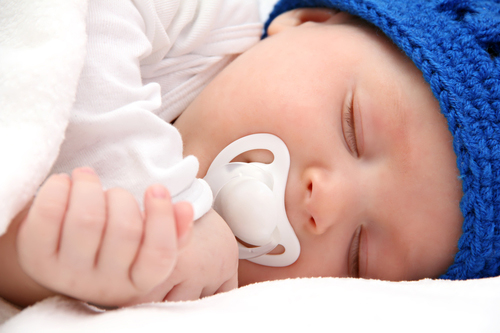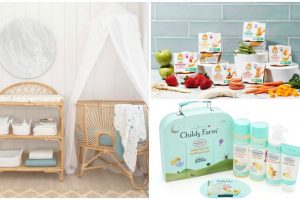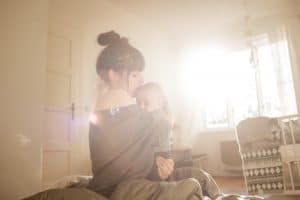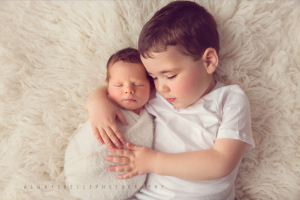There is a lot of talk about sleep associations, and they can be positive or negative, depending on how your child responds to them. Jade Acuna, our resident sleep consultant explains creating positive sleep associations:
A Wind Down Routine as a positive sleep association
Putting in place a wind down routine before bedtime and nap times helps babies and young children to switch gears between awake time and asleep time. It doesn’t really matter what you do, as long as it is calming and the order is always the same. Create something that fits in with your family’s lifestyle. Your baby will get to know this as their signal that they need to go to sleep. This can include a bath, a bottle, meal times, stories, songs, music or massage.
Using a sleeping bag…
A sleeping bag is a fantastic sleep association. Nothing says “its time to sleep now” like closing the zip on your child’s sleeping bag. Sleeping bags also prevent babies from waking cold. Use a sleeping bag until you move your child to a big bed, and that will help you keep them in the cot for longer, preventing climbing from the cot and allowing a smoother transition to a big bed when your child is old enough to understand what is expected of them.
And a transitional object…
A transitional object can be something like a safe soft toy or a small blanket, and they can help your child to provide them security when they sleep. You can introduce a transitional object at around 7 months by putting it in between you and your baby when you feed them and by placing it in the cot with them when you put them to sleep.
Feeding to sleep…
Feeding to sleep can be both positive and negative. It is positive if your child feeds to sleep, and then sleeps for appropriate lengths of time and joins sleep cycles together when they are asleep. It is negative if your child needs to be fed to sleep each time they wake between sleep cycles or even less. If you are feeding to sleep and your child is sleeping well, this is not a problem. Keep doing it! If your child wakes frequently to be fed back to sleep, this can be changed by using your choice of gentle or cry-based sleep training.
What about a dummy?
Dummies are another association that can be both positive and negative. As we discussed when feeding to sleep, if your child uses a dummy and doesn’t wake to have the dummy replaced, or they know how to find and replace the dummy themselves, you don’t have a problem – keep using the dummy! If you have to replace the dummy frequently when your child wakes, then the dummy is a problem! Teach your child to sleep without the dummy using gentle or cry-based sleep training. If you are using a dummy, it is better to make the choice early on if you will continue its use. If you plan to continue to use the dummy, keep it until your child is a toddler, because they will be old enough to understand why they can’t have the dummy. If you don’t want to continue to use the dummy, it is better to cease its use by 3-4 months old, as the transition is a lot easier.
By Jade Acuna














